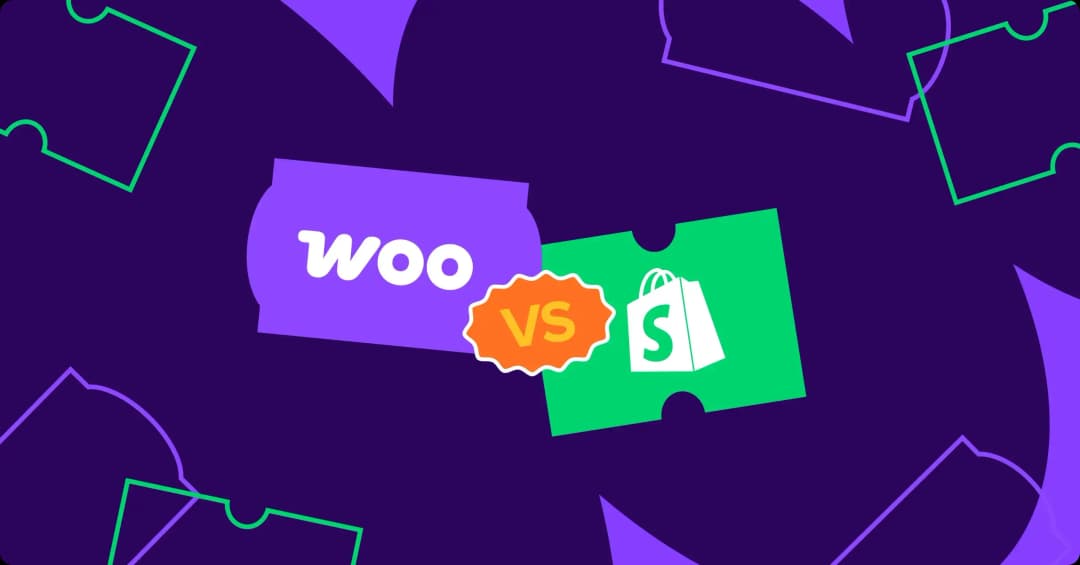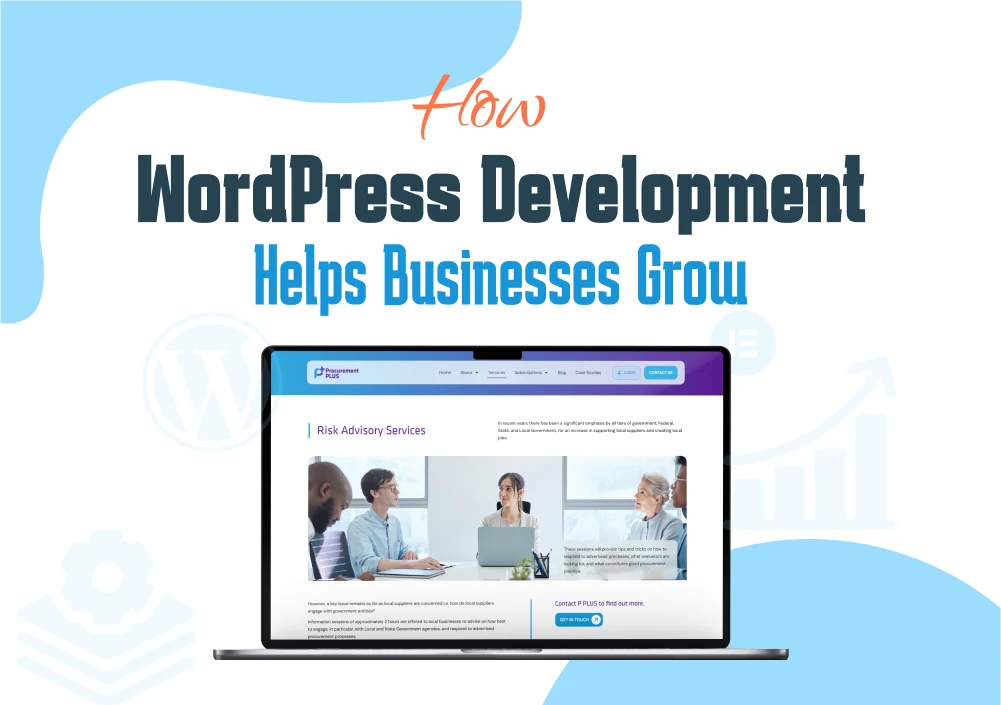Mastering the Foundations: A Comprehensive Guide to HTML and CSS
In the vast landscape of web development, two fundamental languages serve as the building blocks for crafting captivating and functional websites: HTML (Hypertext Markup Language) and CSS (Cascading Style Sheets). While HTML provides the structure and content of web pages, CSS enhances their appearance and layout, creating visually appealing and user-friendly experiences. In this guide, we delve into the intricacies of HTML and CSS, exploring their essential concepts, techniques, and best practices to empower aspiring web developers on their journey to mastery.Understanding HTML: Structuring the Web
HTML serves as the backbone of the web, enabling developers to define the structure and content of web pages through a series of elements and tags.Here' s a breakdown of important HTML concepts:- Elements and Tags: HTML documents consist of various elements, each enclosed within opening and closing tags. These elements define the structure of a webpage, such as headings, paragraphs, images, links, and more.
- Semantic Markup: Semantic HTML tags provide meaning and context to content, improving accessibility and search engine optimization (SEO). Examples include <header>, <nav>, <main>, <section>, <article>, and <footer>.
- Attributes: HTML elements can have attributes that provide additional information or functionality. Attributes modify the behavior or appearance of elements and are specified within the opening tag. Common attributes include class, id, src, href, alt, and style.
- Document Structure: Every HTML document follows a hierarchical structure, starting with the <html> element, followed by <head> and <body> sections. The <head> section contains metadata, such as the page title and links to external resources, while the <body> section contains the visible content of the webpage.
Exploring CSS: Styling the Web
CSS complements HTML by allowing developers to control the presentation and layout of web pages, including aspects such as colors, fonts, spacing, and positioning.Here' s an overview of CSS fundamentals:- Selectors and Declarations: CSS selectors target HTML elements, while declarations define the style properties applied to those elements. Selectors can target elements by their tag name, class, ID, attributes, or hierarchy within the document structure.
- Properties and Values: CSS properties specify the visual characteristics of elements, such as color, font-size, margin, padding, background-color, border, and position. Each property is assigned a value that determines its appearance or behavior.
- Cascade and Specificity: The term cascading in CSS refers to the process of determining which styles apply to an element when multiple conflicting rules exist. CSS rules with higher specificity or those defined later in the stylesheet take precedence over others.
- Box Model: The CSS box model describes the layout of elements on a webpage, including content, padding, border, and margin. Understanding the box model is crucial for designing responsive and visually appealing layouts.
Integrating HTML and CSS: Creating Dynamic Web Pages
The synergy between HTML and CSS enables developers to create dynamic and engaging web pages that combine structured content with visually stunning designs.Here' s how HTML and CSS work together:- Linking Stylesheets: CSS stylesheets are linked to HTML documents using the <link> element within the <head> section. This allows developers to maintain separate files for HTML content and CSS styles, facilitating better organization and scalability.
- Applying Styles: CSS styles can be applied to HTML elements using various methods, including inline styles, internal stylesheets, and external stylesheets. External stylesheets offer the most flexibility and reusability by allowing styles to be shared across multiple pages.
- Responsive Design: With the proliferation of mobile devices, responsive web design has become essential for ensuring optimal user experiences across different screen sizes and devices. CSS features such as media queries enable developers to create fluid layouts that adapt to varying viewport dimensions.
- Enhancing Interactivity: CSS can be used in conjunction with HTML and JavaScript to create interactive elements and dynamic user interfaces. Techniques such as animations, transitions, and hover effects add visual flair and engagement to web pages.
Best Practices and Resources: Nurturing Growth in Web Development
Aspiring web developers can accelerate their learning journey and hone their skills by adhering to best practices and leveraging a wealth of online resources. Here are some tips for success:- Practice Regularly: Mastery of HTML and CSS requires consistent practice and experimentation. Building projects, tackling challenges, and exploring advanced techniques are essential components of honing your skills. By engaging in regular practice, you not only reinforce your understanding of the core concepts but also develop problem-solving abilities and creative thinking. Start with simple projects and gradually increase the complexity as you grow more confident.
- Stay Updated: The web development landscape evolves rapidly, with new standards, techniques, and tools emerging regularly. To stay abreast of industry trends and best practices, it's crucial to actively seek out new information and resources. Follow blogs, tutorials, and online courses dedicated to web development to stay informed about the latest advancements. Enroll in online courses offered by reputable platforms, attend webinars, and participate in conferences to gain insights from industry experts. By staying updated, you can adapt to changes quickly and maintain a competitive edge in the field.
- Seek Community Support: Joining online forums, developer communities, and social media groups is a great way to connect with peers, seek advice, and share insights. Collaboration and mentorship can accelerate your learning and provide valuable guidance along your journey. Engage with like-minded individuals, ask questions, and contribute to discussions to foster meaningful connections within the community. Consider finding a mentor or joining a peer-led study group to receive personalized guidance and feedback on your coding endeavors. By leveraging community support, you can overcome challenges more effectively and grow as a developer.
- Utilize Documentation and Tools: Access to comprehensive documentation and developer tools is essential for success in web development. Refer to official documentation from organizations like the World Wide Web Consortium (W3C) and Mozilla Developer Network (MDN) for authoritative references on HTML, CSS, and related technologies. These resources provide detailed explanations, examples, and best practices to aid your learning process. Additionally, explore developer tools and frameworks that streamline the development process and enhance productivity.








